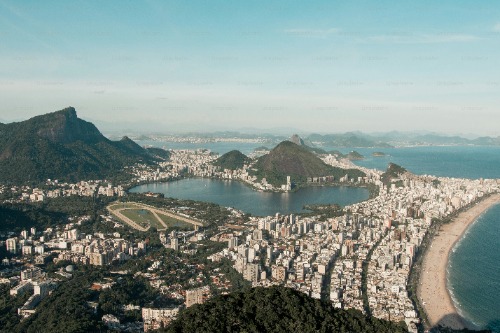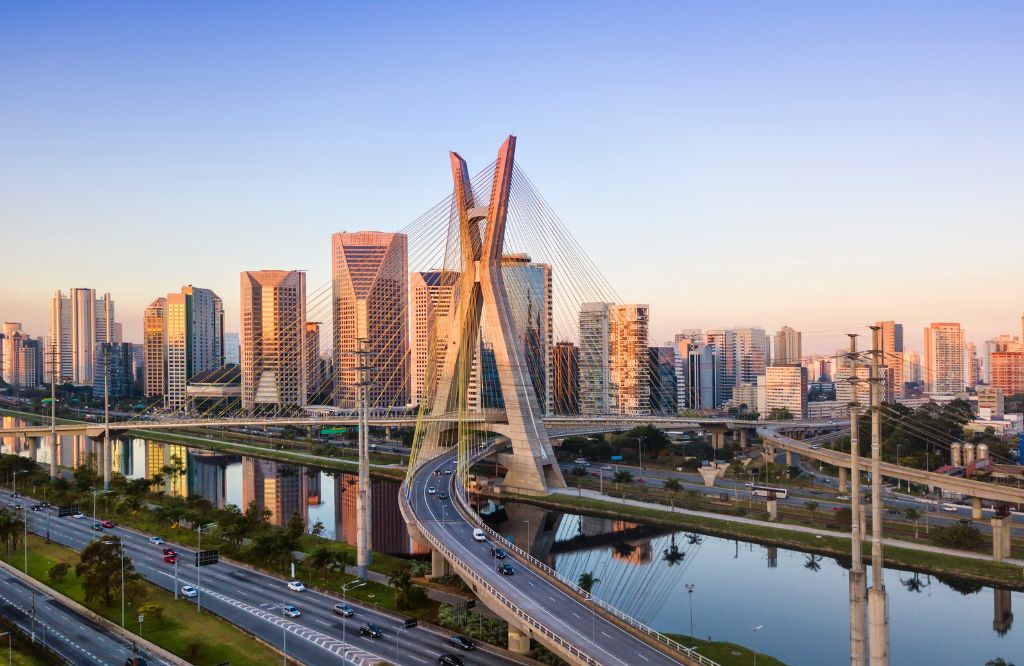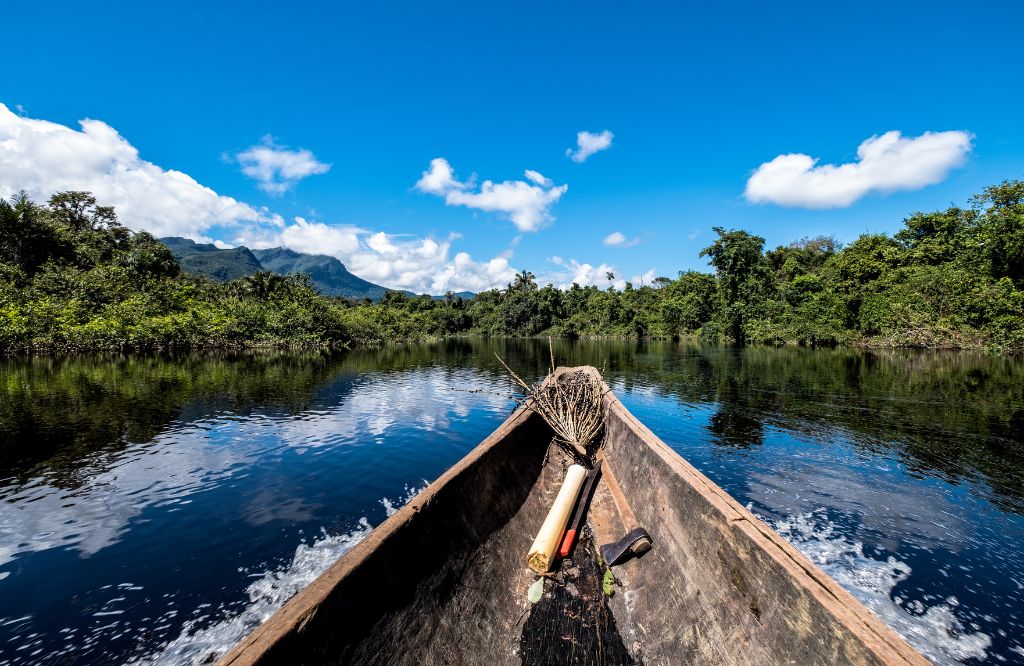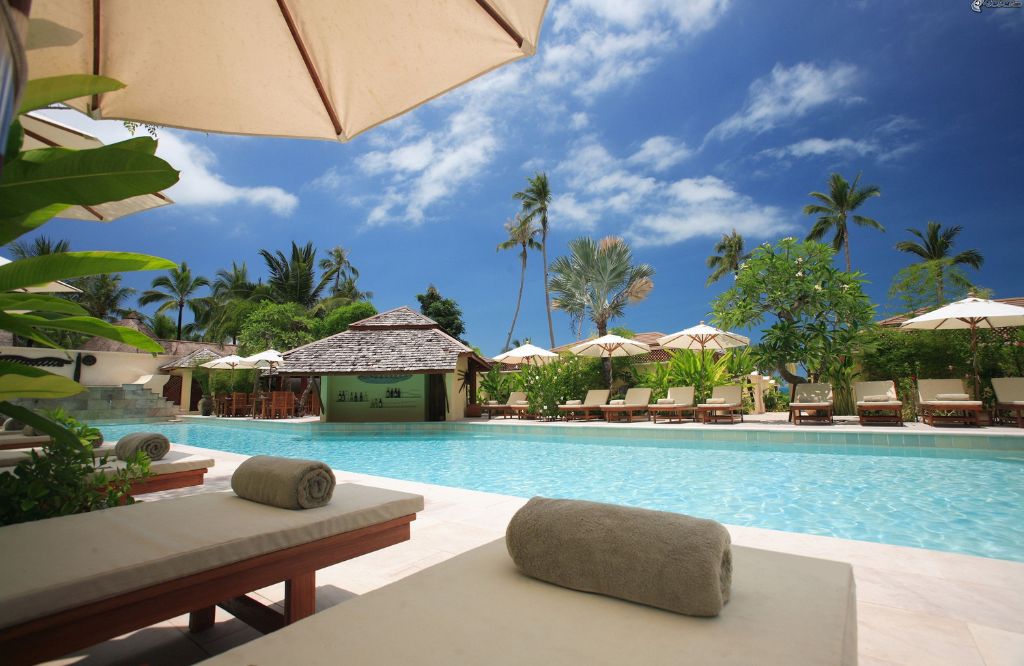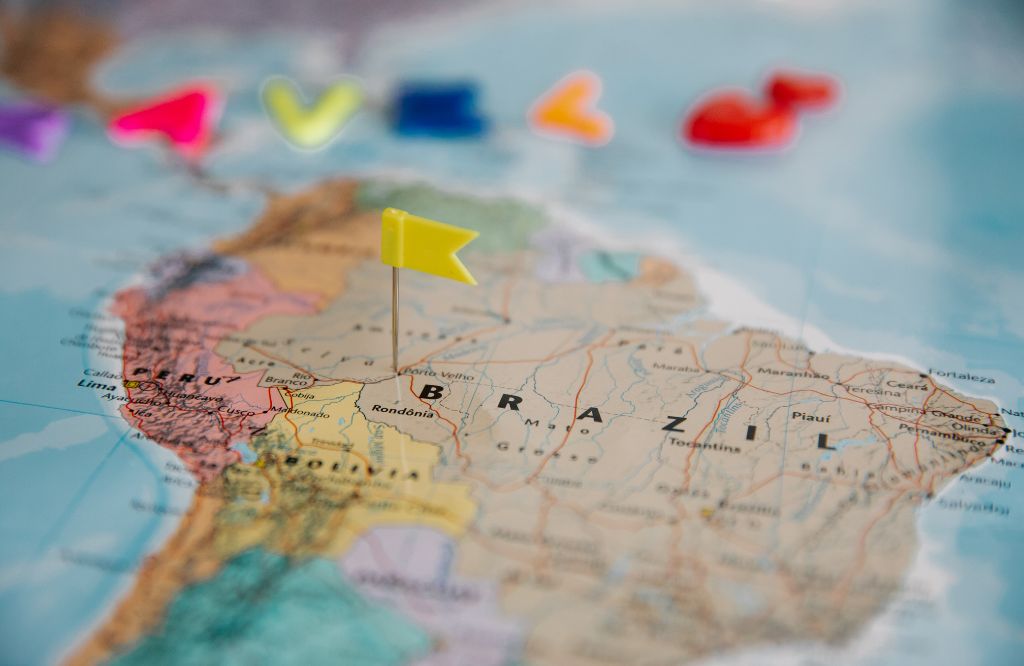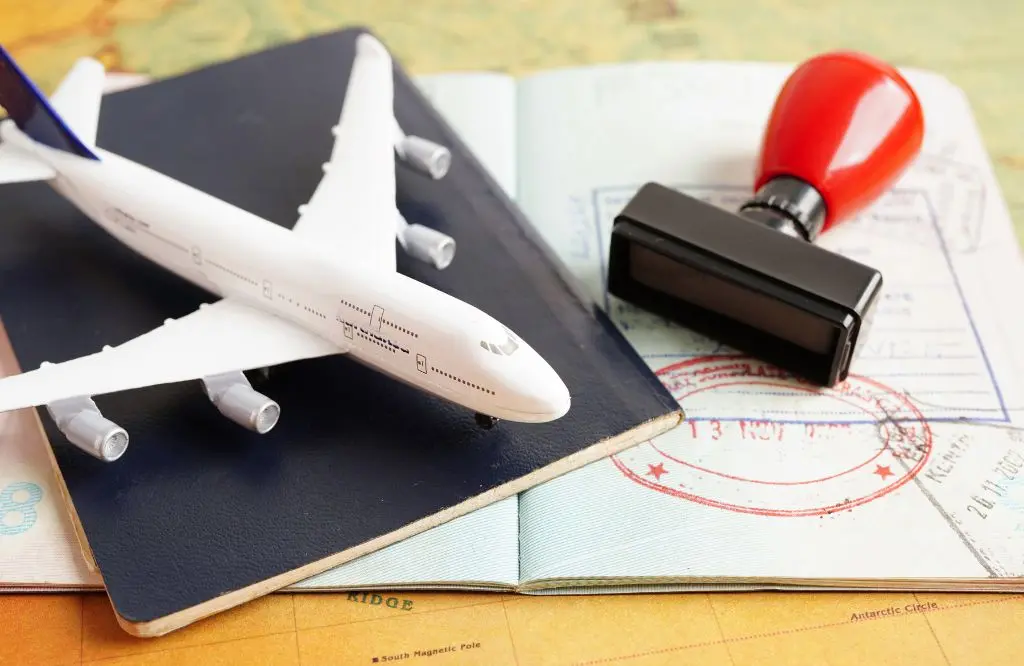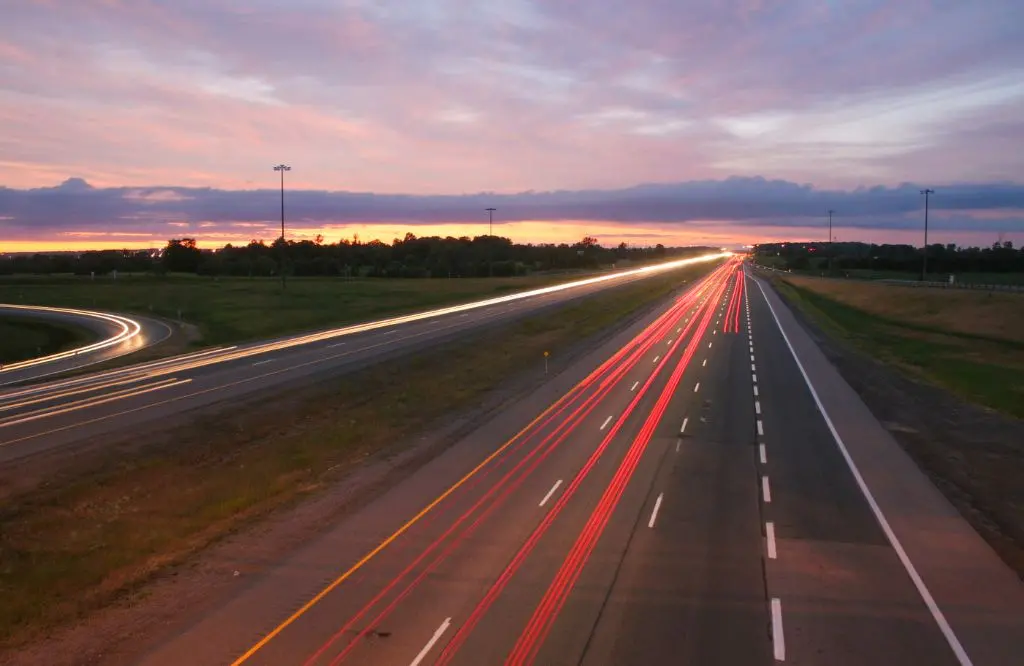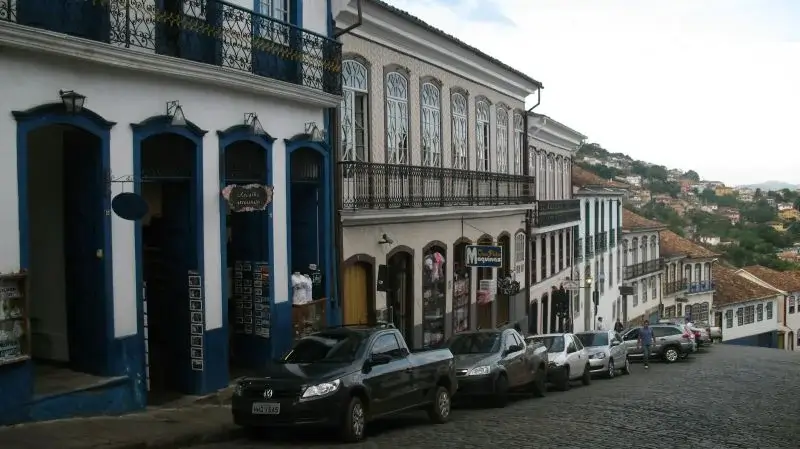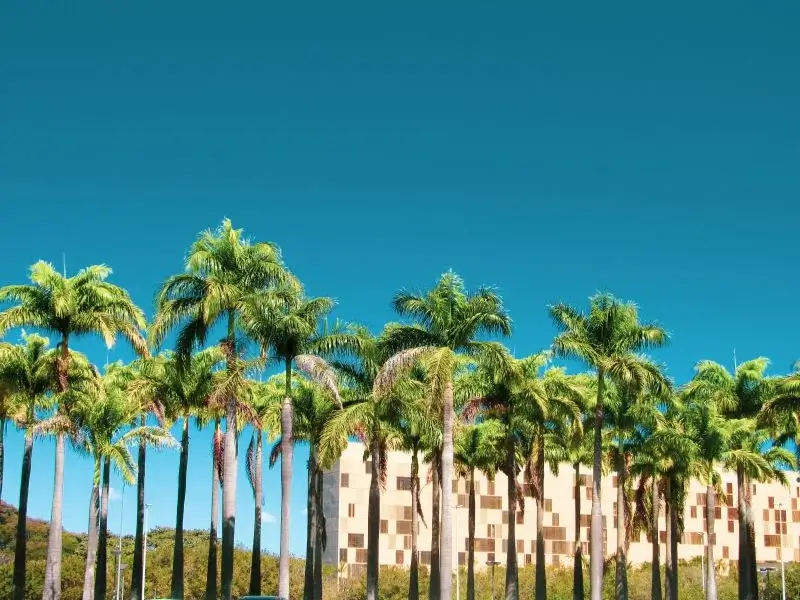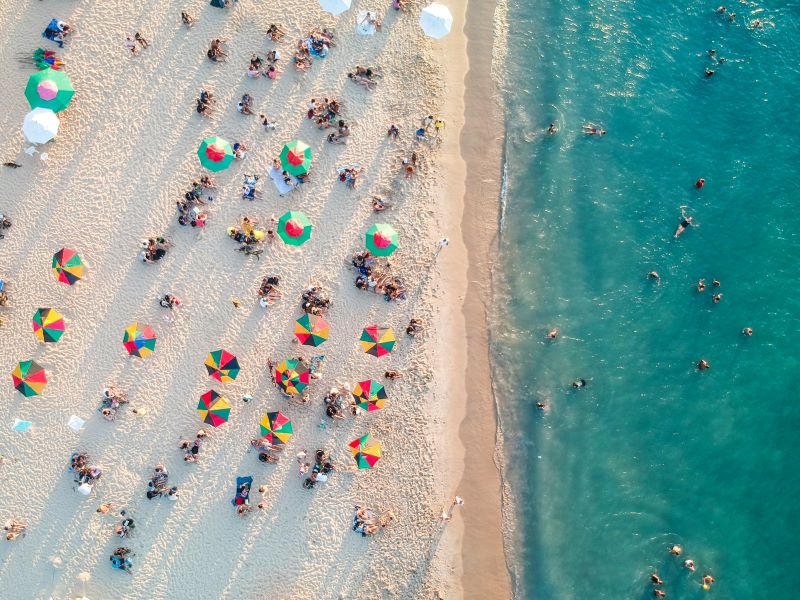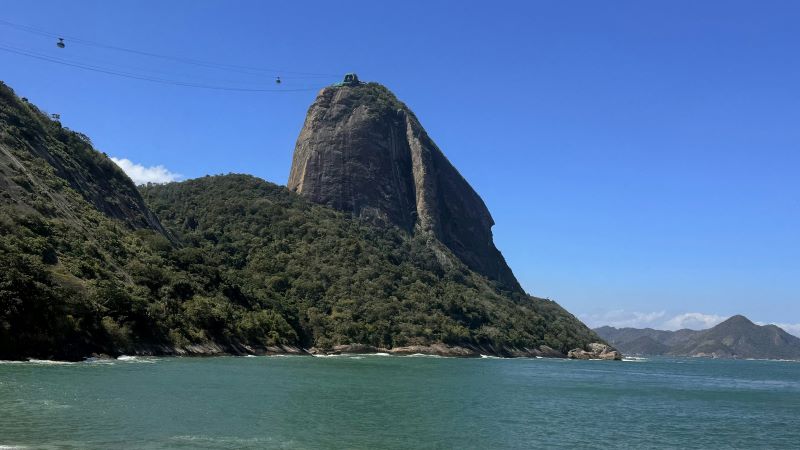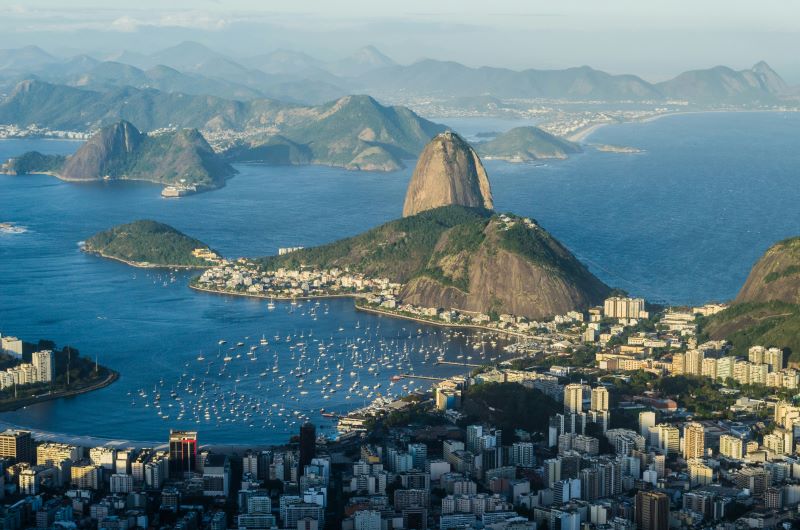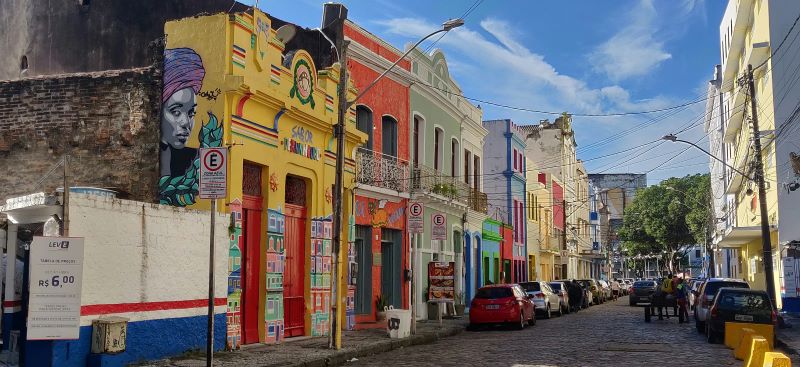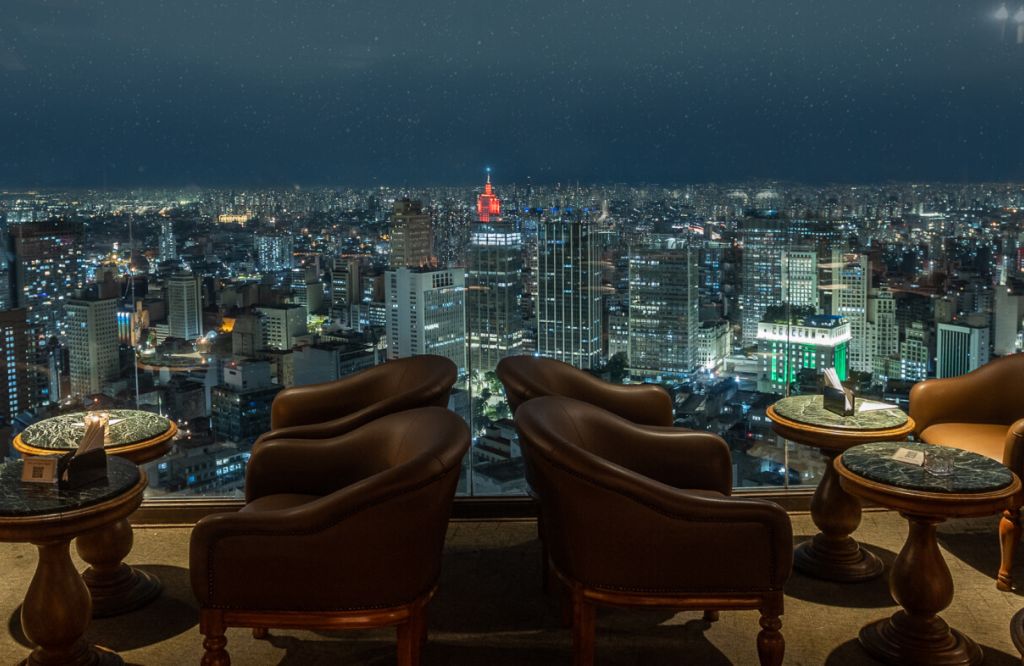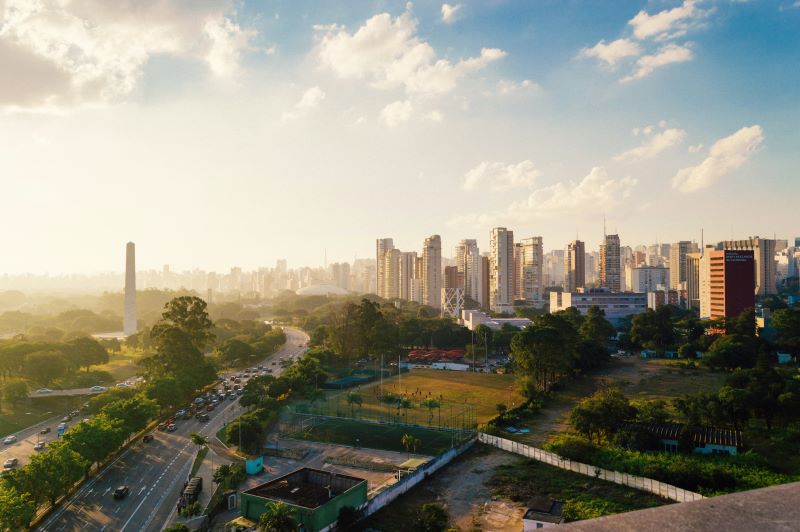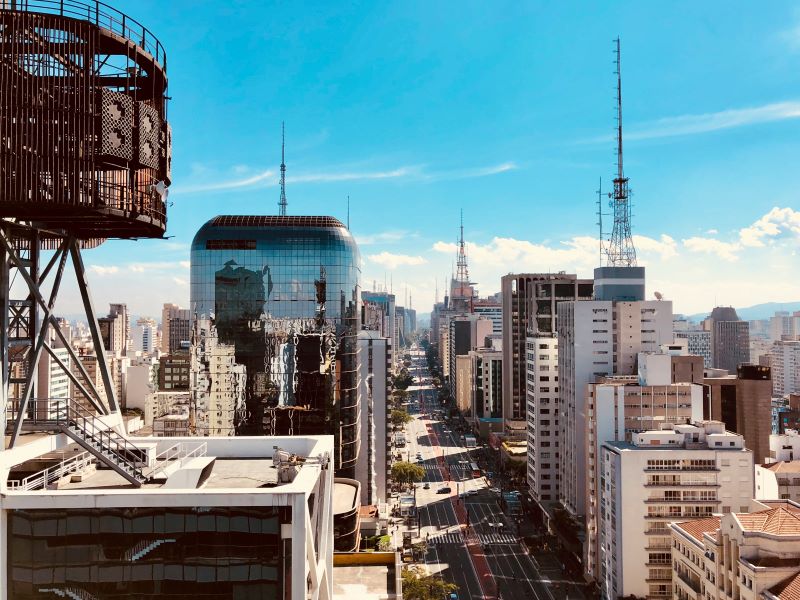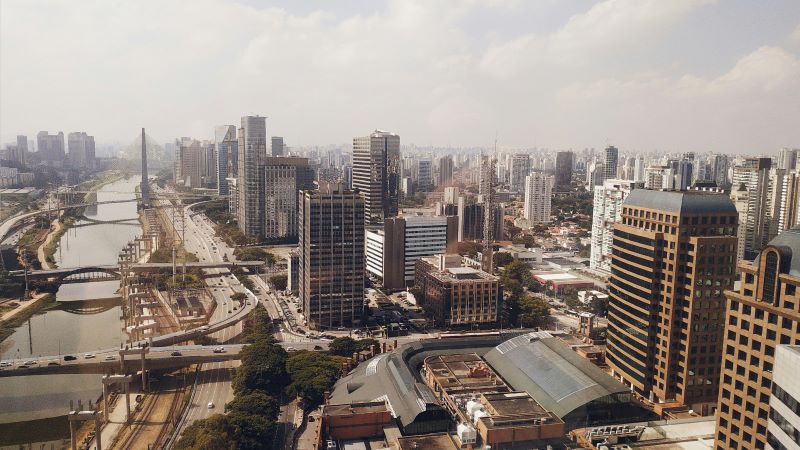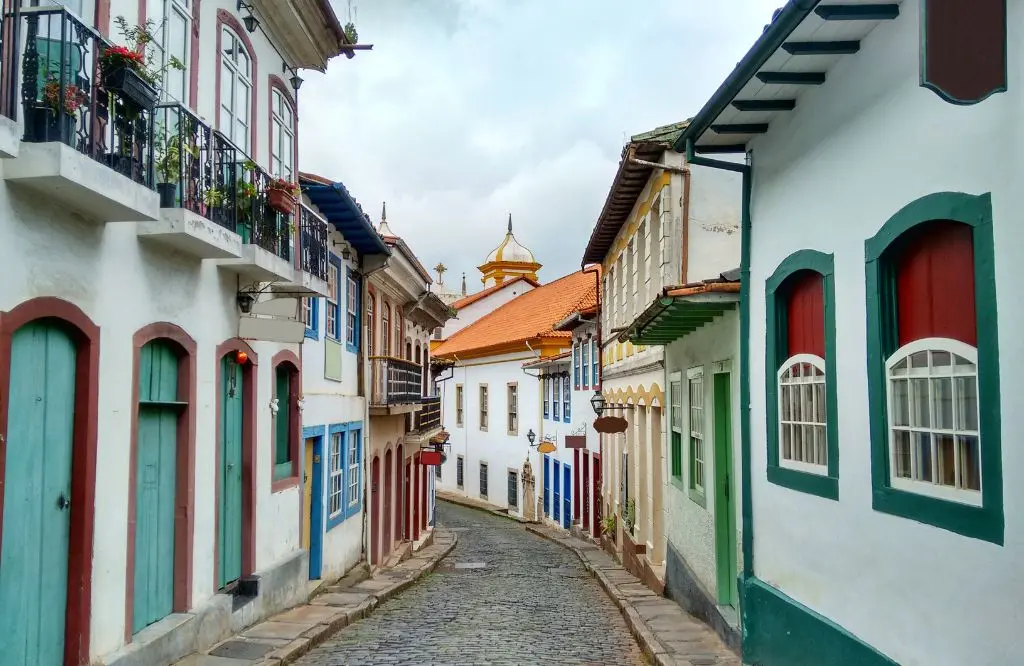
Choosing the best time to visit Brazil is not a simple task — after all, we’re talking about a continental country where the climate changes drastically from one region to another.
In the Amazon, for example, the same place can feel like two different destinations depending on the season: during the flood, canoes glide through the treetops; in the dry season, trails, river beaches and otherworldly landscapes appear.
Meanwhile, the northeast shines under the sun almost year-round, but some cities have heavy rains for just a few months. In the south, summer and winter offer completely different experiences.
With so much diversity, planning makes all the difference. Choosing the right season can transform your trip — whether you’re enjoying the coast, exploring trails, spotting wildlife or diving into cultural festivals.
In this complete guide, Brasil ATM brings together reliable data, real experiences and regional insights to help you safely discover the best time to visit Brazil.
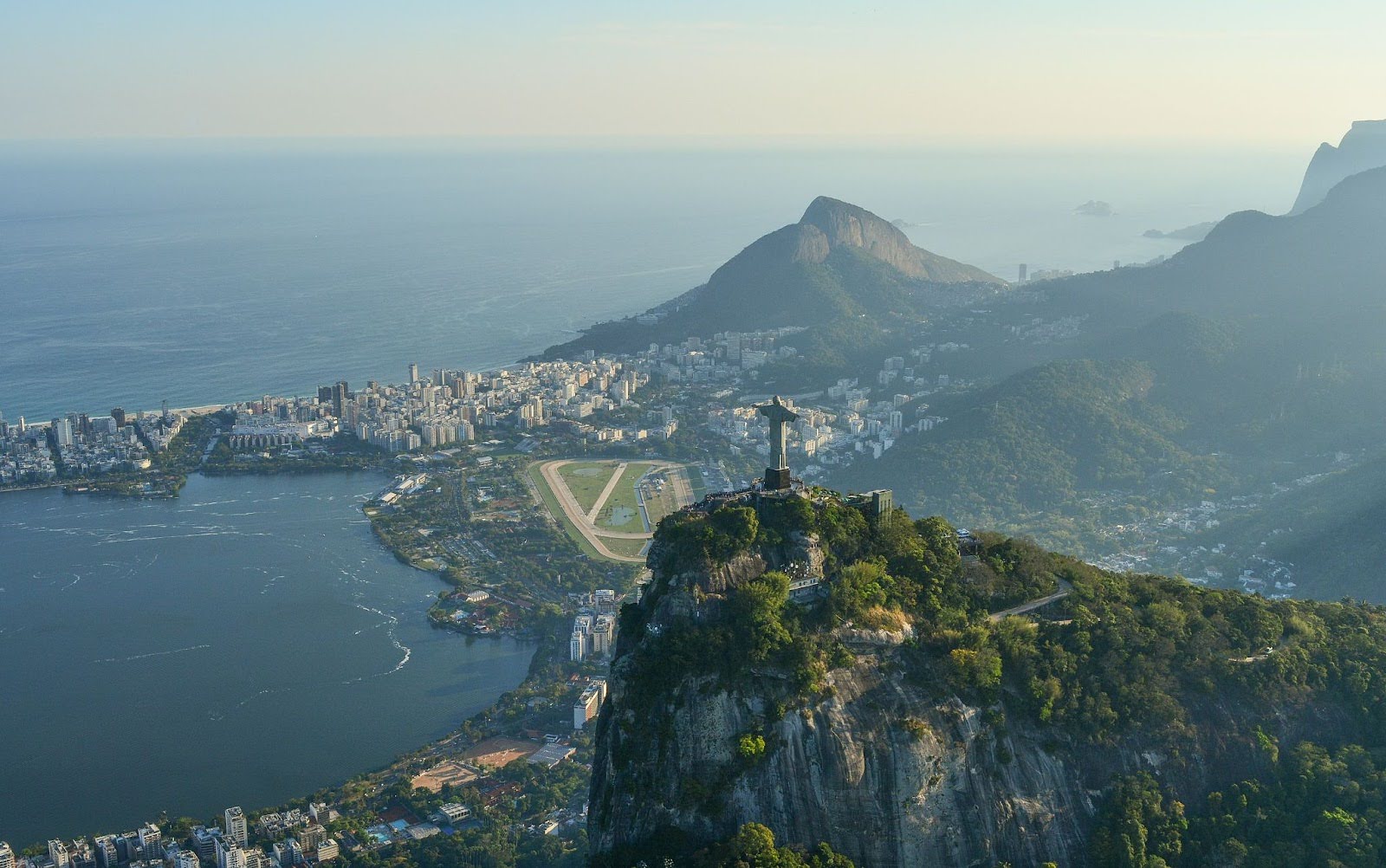
What is the best time to visit Brazil?
The best time to visit Brazil depends on three key factors:
- The climate of the chosen region
- The type of experience you’re looking for (beach, hiking, festival, culture)
- The price fluctuation between high and low seasons
Below, we detail the best travel periods for each region of Brazil.
Best time by region – Brazil climate map
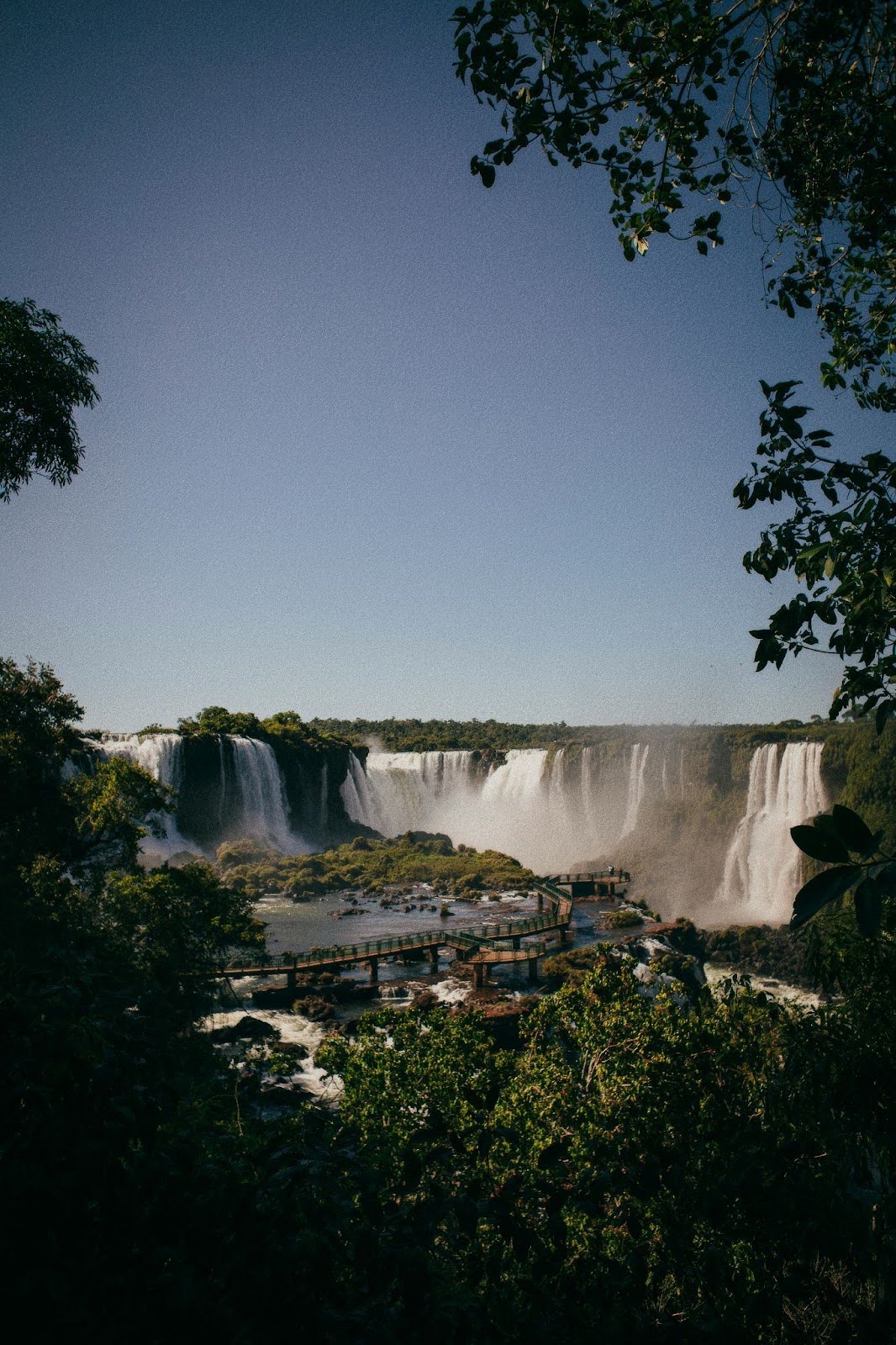
With continental dimensions and five major regions, Brazil has a wide variety of climates and seasons throughout the year. That means there’s no single answer for those looking for the best time to visit the country.
While some areas experience intense rainfall, others enjoy clear skies and mild temperatures — all at the same time. Understanding the specifics of each region is the first step to planning a safe and unforgettable trip.
Next, Brasil ATM presents a clear and practical overview of when to visit each region, based on climate, seasonal attractions and local experiences.
| Region | Best time to visit | Typical climate | Main attractions |
| North | July to October | Dry, less rain | Amazon, Meeting of the Waters, Alter do Chão |
| Northeast | September to March | Sunny, hot, little rain | Salvador, Recife, Jericoacoara, Maragogi |
| Central-west | May to September | Dry and mild | Chapada dos Veadeiros, Pantanal |
| Southeast | April to October | Temperate | Rio, São Paulo, Ouro Preto, Paraty |
| South | October to March | Warm, pleasant climate | Florianópolis, Serra Gaúcha, Foz do Iguaçu |
How to know if it’s high or low season in Brazil?
Knowing whether your trip falls during Brazil’s high or low season directly affects ticket prices, hotel rates and crowd levels at attractions.
Each region has its own patterns, but certain times of the year are consistently popular — while others are perfect for travelers looking to save money and avoid crowds.
Below, Brasil ATM explains the differences between seasons and when it’s best to travel, depending on your goals.
High season:
- December to February (summer and holidays)
- July (school vacation)
- Carnival (movable, usually in February or March)
Low season:
- March to June (except holidays)
- August to November
Tip: Looking for lower prices and fewer tourists? Aim for April, May, August or September.
When to visit Brazil according to your travel style

The best time to visit Brazil also depends on the type of experience you’re after. Those looking for beaches will follow a different calendar than travelers seeking trails, nature or cultural celebrations.
Understanding this alignment between weather and expectations helps you enjoy each place at its best.
Below, Brasil ATM presents the ideal periods for different travel styles — from beach paradises to iconic festivals.
If you’re looking for beaches:
- Best time: December to March (South and Southeast); September to March (Northeast)
- Avoid: June and July in the Northeast due to rain
If you’re looking for hiking and ecotourism:
- Best time: May to September (dry season)
- Recommended: Chapada dos Veadeiros (GO), Serra da Canastra (MG), Jalapão (TO)
If you’re looking for festivals and culture:
- Best time: February (Carnival), June (festas juninas), December (New Year’s Eve)
- Highlights: Carnival in Salvador, Parintins, Olinda and Rio de Janeiro
Months of the year in Brazil – climate month by month
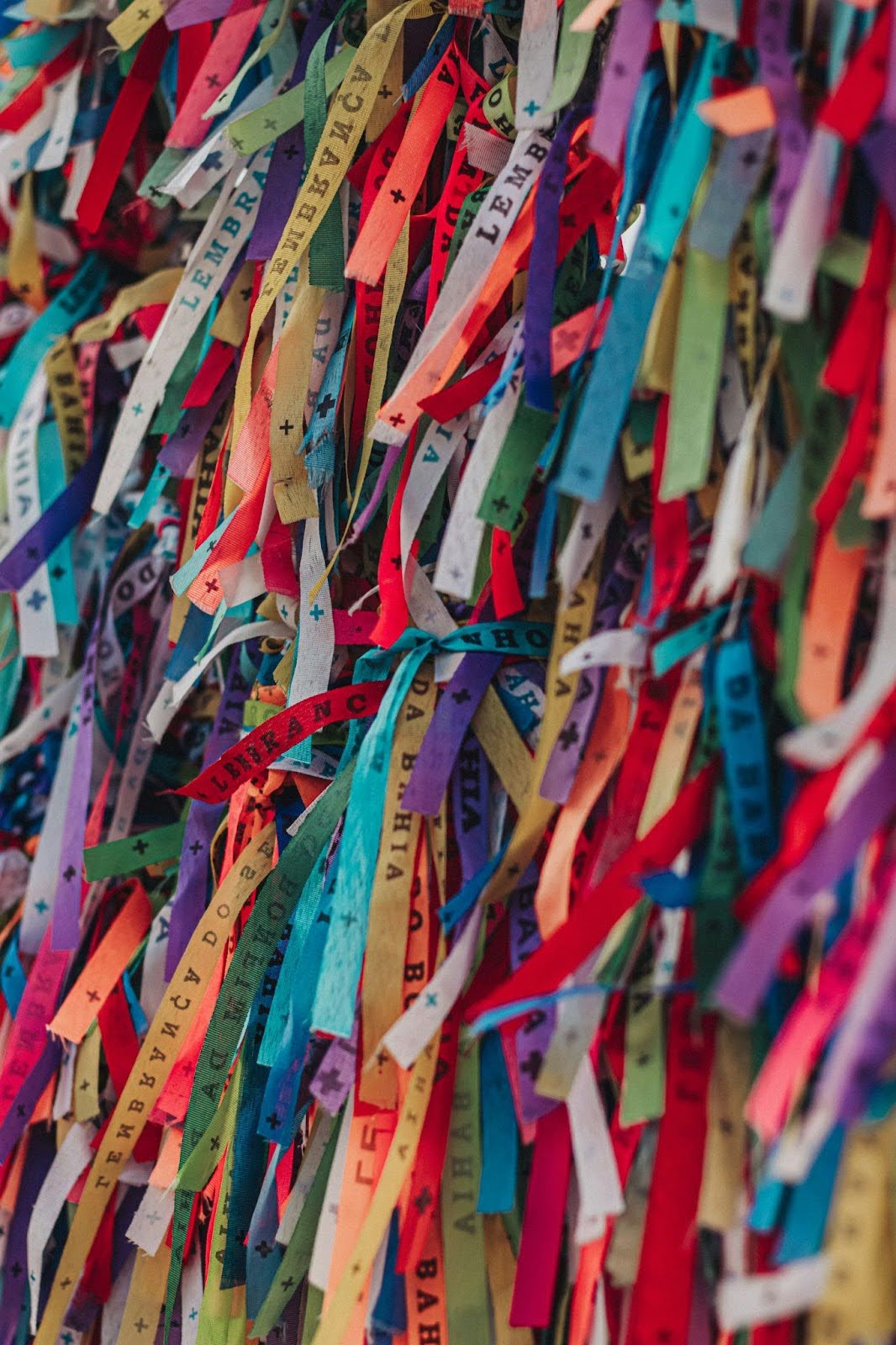
Brazil’s weather varies a lot throughout the year — and knowing what to expect each month is key to avoiding surprises.
Whether you want to escape the rain, enjoy the heat or save money during quiet months, choosing the right time is essential.
Here’s a month-by-month breakdown with the most common weather conditions and ideal destinations:
| Month | Climate & season | Ideal destinations |
| January | Very hot, high season, some rain | Southeast beaches, summer parties |
| February | Intense summer, Carnival | Salvador, Recife, Rio de Janeiro |
| March | End of summer, still hot | Amazon, Pantanal (start of flood season) |
| April | Start of low season, milder climate | Chapadas, Southeast |
| May | Dry season in North and Central-west | Pantanal, Bonito, Amazon |
| June | Festas juninas, mild weather | Cultural and food trips in South and Southeast |
| July | High season, school break | Amazon, Serra Gaúcha, winter parks |
| August | Dry and sunny across most regions | Nature and ecotourism |
| September | Transition to spring | Northeast beaches, Serra Catarinense |
| October | Flowers, pleasant temperatures | Campos do Jordão, Petrópolis, Pantanal |
| November | Pre-summer, fewer tourists | Southeast cities with great value |
| December | Start of summer, holidays and New Year | Beaches, coastal parties |
How to decide when to visit Brazil: step by step
- Define your goal — beach, nature, culture, food
- Choose your destination(s) — Brazil is big, focus on one region
- Check the local weather for your travel month
- Avoid peak holidays for better prices
- Look for special events — like Parintins Festival or Oktoberfest
Comparison: visiting Brazil during dry vs. wet season
| Aspect | Dry season (May–September) | Wet season (December–April) |
| Amazon | Trails, river beaches | Canoe rides, flooded forest |
| Pantanal | Easier wildlife spotting | Impressive landscapes, less access |
| Chapadas | Easier trail access | Risk of flash floods |
| Coast | Less rain | Warmer seas, stronger waves |
Conclusion: choose the best time to visit Brazil with clarity and purpose
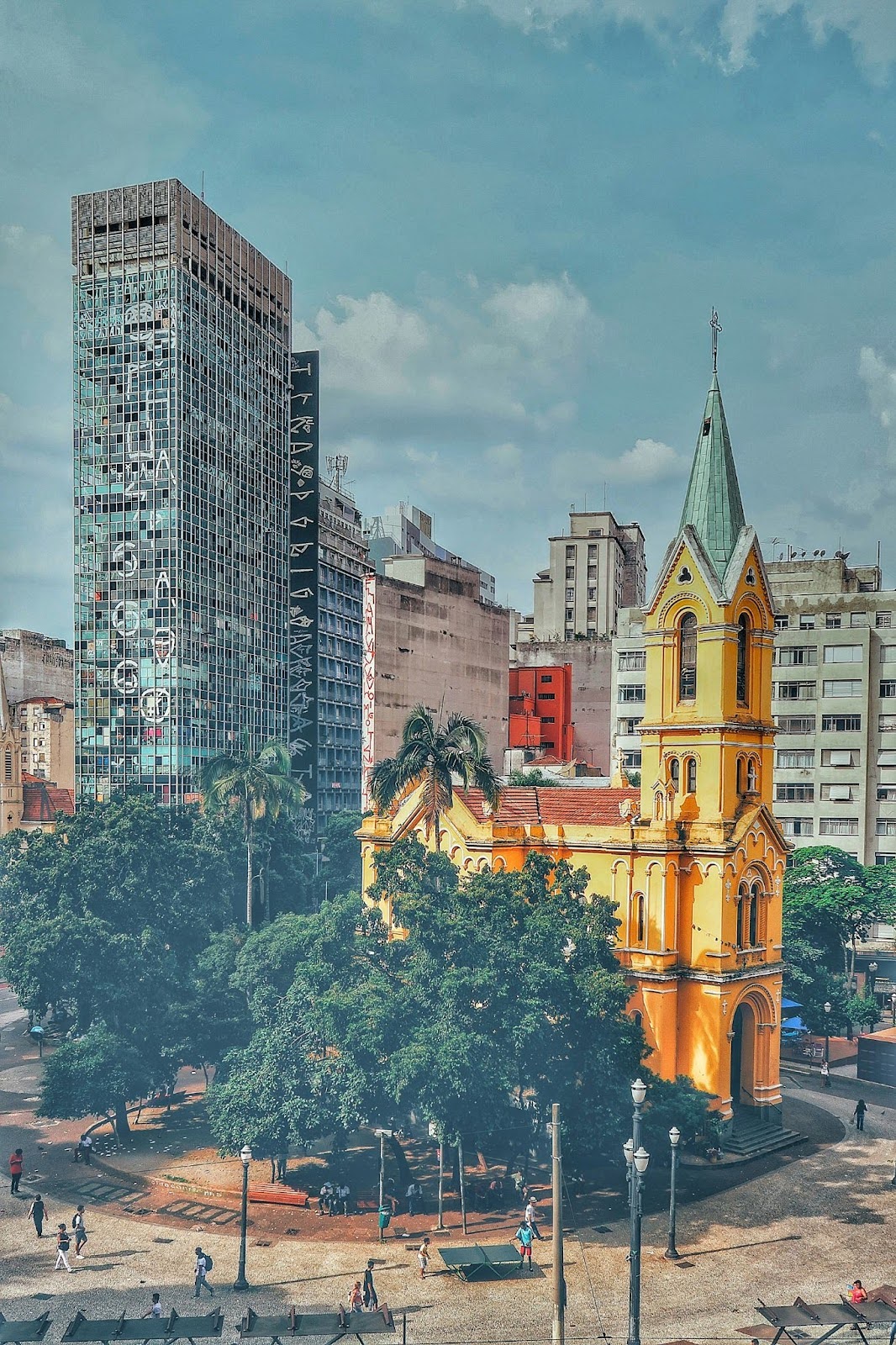
Traveling through Brazil offers one of the richest experiences in the world: nature, culture, food, music and hospitality. But to enjoy it fully, your timing needs to match your expectations.
Now that you know when to go and what to expect in each region, it’s time to plan. Start by choosing a destination, checking the climate and taking advantage of seasonal offers.
📌 Tip: Brasil ATM offers complete guides by destination. Explore our content and plan your trip with more confidence, savings and knowledge.
About Brasil ATM
At Brasil ATM, we see Brazil as a country of unmatched beauty and fascinating culture. Backed by the global ATM24h brand, our platform reflects our passion for Brazilian travel.
We provide accurate, up-to-date and inspiring information in three languages to help travelers plan with confidence. From travel guides to itineraries and planning tools — we’re here to support every journey.
We want to help create lasting memories. Whether you’re exploring famous destinations like Rio and São Paulo or hidden gems like Lençóis Maranhenses and Fernando de Noronha — Brasil ATM is by your side.
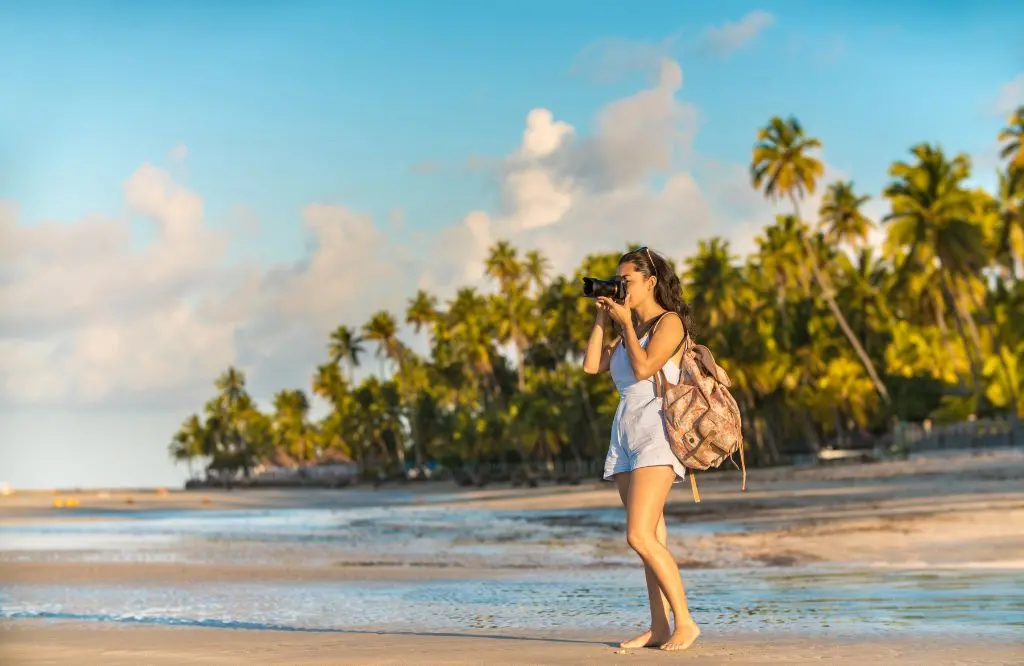
Frequently asked questions
What is the best time to visit Brazil?
The best time to visit Brazil depends on the regional climate, the kind of experience you’re looking for, and price variations throughout the year. Check the Brasil ATM guides to plan with confidence and purpose.
When is high season in Brazil?
High season in Brazil includes summer (December to February), the month of July, and Carnival. These are the most crowded and expensive times. Visit Brasil ATM to make the most of each season.
Is it worth visiting Brazil during the low season?
Yes. The low season (March to June and August to November) offers pleasant weather, fewer tourists and better prices. See which destinations shine off-season with Brasil ATM.
Does Brazil’s climate vary a lot between regions?
Yes. Brazil has five regions with distinct climates that shift with the seasons. Knowing these patterns helps you choose the right month and destination. Brasil ATM guides you through the best options.
Is it safe to travel to Brazil any time of year?
Yes. With planning and updated information, Brazil is safe to visit in any season. Avoid extreme weather and follow local guidelines. Brasil ATM helps you get ready for your trip with confidence.

